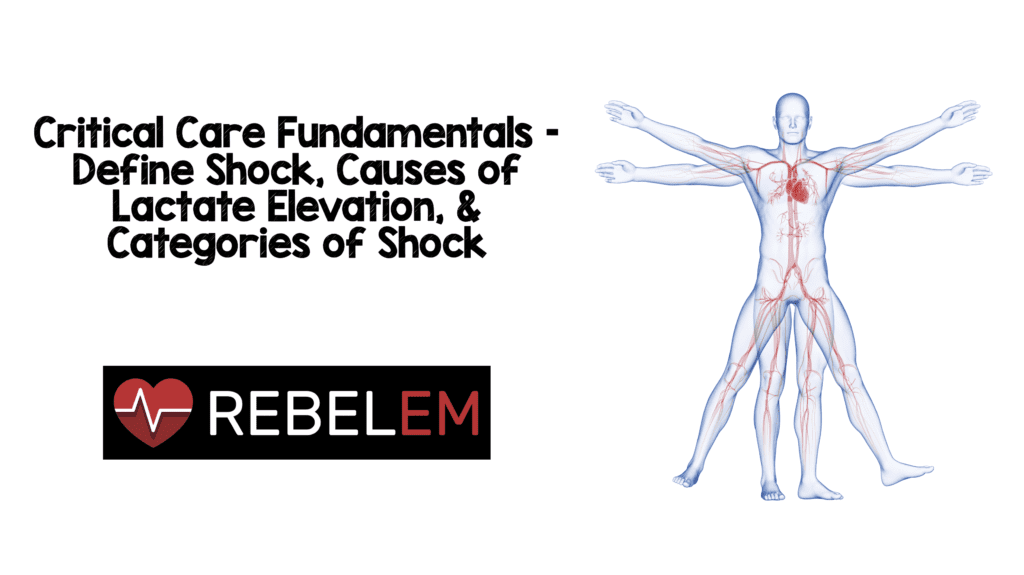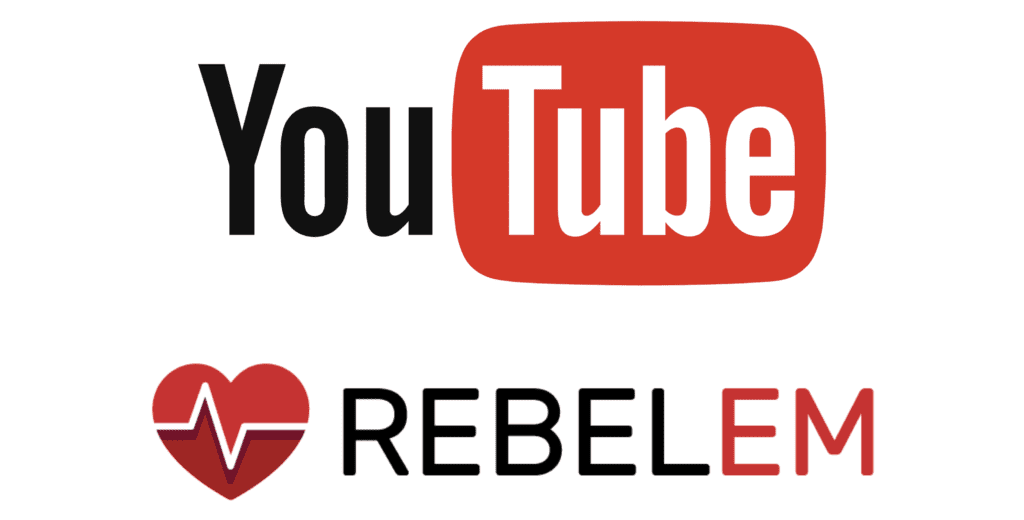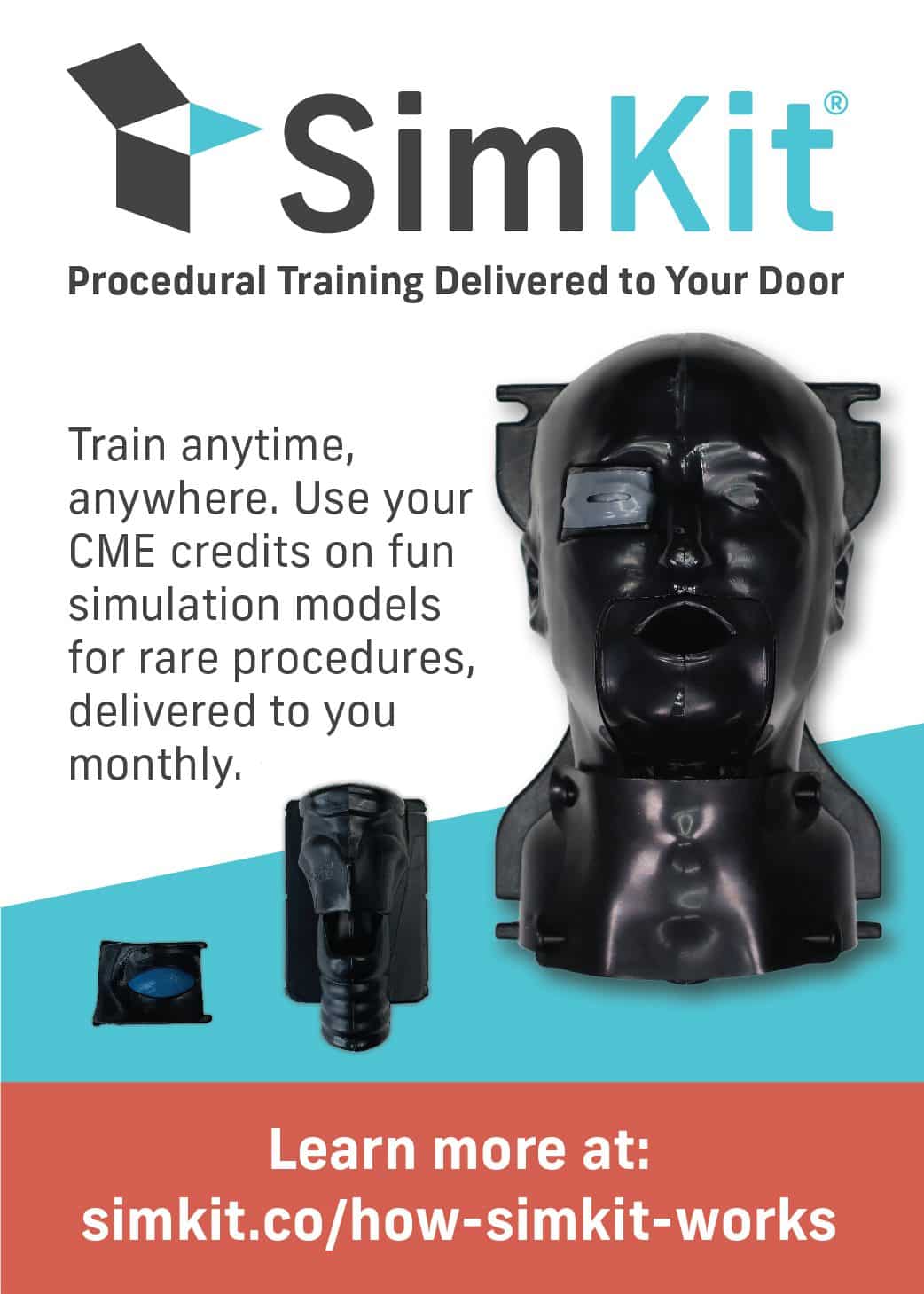
[embedyt] https://www.youtube.com/watch?v=WoWRIfVJrzs[/embedyt]
Also Be Sure to Checkout our YouTube Channel

Shock occurs when supply does not meet demands and NOT defined by a blood pressure (patients may be normotensive, or even hypertensive in shock)
Lactate: Usually elevated in shock, but the classic belief that lactate is elevated because of anaerobic metabolism and tissue hypoxia is not the main reason. Lactate is produced in shock under aerobic conditions due to B2 adrenergic stimulation from elevated epinephrine levels. Lactate elevation doesn’t always mean a patient is in shock or has sepsis (although lactate is elevated in these conditions), but you must have a broad differential as lactate can be elevated for many additional reasons.
Cold Shock: Low SV state
Systolic Blood Pressure correlates with stroke volume
↓ SBP=↓SV
Determinants of SV: Preload, Contractility, and Afterload
Characterized by:
- Tachycardia
- Narrow Pulse Pressure (compensation by vasoconstriction and ↑SVR)
- Cold to touch
- ↓peripheral pulses (later stages,↓ central pulses)
- Delayed capillary refill
Categories of Cold Shock:
- Cardiogenic
- Hypovolemic
- Obstructive
Warm Shock:↓Systemic vascular Resistance (ie Vasodilatory Shock)
↓ DBP=↓SVR
Characterized by:
- Tachycardia
- Wide Pulse Pressure
- Warm to touch
- Bounding peripheral pulses
- Brisk capillary refill
Categories of Warm Shock: Just 1 Distributive Shock, but 5 main causes of Distributive Shock
- Sepsis: Sepsis is unique and patients have components of hypovolemic shock and cardiogenic shock (Myocardial depression from circulating cytokines)
- Adrenal Insufficiency:↓Cortisol (up-regulates vascular tone ↓ catecholamine release)
- Anaphylaxis
- Hepatic failure: ↑ endogenous Nitric Oxide which is a potent vasodilator
- Neurogenic:↓ sympathetic output, and may have bradycardia due to unopposed vagal tone

Critical Care Education Curriculum
Basics of Shock – Educational Reinforcement Material
Basics of Shock – Supplemental Educational Material
Post Peer Reviewed By: Salim R. Rezaie, MD (Twitter: @srrezaie)



